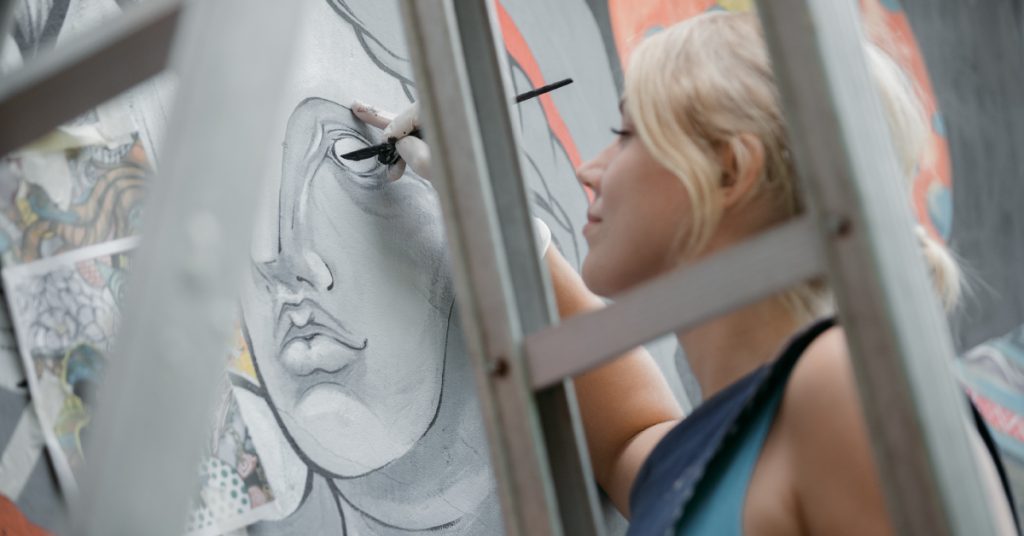How to Price Your Art
 The value of art reaches beyond dollars and cents. Whether you’re a Sunday painter or a qualified fine artist with a living to make, you know that the feelings and meaning you put into your work are impossible to quantify.
The value of art reaches beyond dollars and cents. Whether you’re a Sunday painter or a qualified fine artist with a living to make, you know that the feelings and meaning you put into your work are impossible to quantify.
It’s also tough to put a figure on the labor you put into each piece. If you’re a trained artist, you’ll likely spend fewer hours on a painting than someone who doesn’t have that professional workflow. On the other hand, you’ve invested enormous amounts of time and money to reach your level of expertise!
Start With Your Supplies
Your best option is to start with what you can quantify: your expenses. That means the art supplies you’ve used like your paint, canvas, and frame. You can keep these prices down by using a reasonably priced, trusted art supply store like Jerry’s Artarama. This allows you to pass the savings on to your potential customers.
If you rent a studio, you should divide your costs across the number of artworks you produce each year. You might also want to factor in your marketing costs such as printing or web hosting.
Double the figure you have so far. This is your base price – it’s what you need to charge so you don’t make a loss since your gallerist will usually take a 50% cut. Of course, if you have a gallerist they’ll advise you how best to price paintings, but that shouldn’t stop you from forming your own opinions.
Find What Makes Your Art Special
Figuring out your ‘x-factor’ – what your painting is worth beyond its materials – takes a little more research and judgment. This means finding your premium-per-inch, as bigger paintings usually have a higher price than smaller ones.
You can begin by going to art fairs (which is good research for your career anyhow) or browsing online and looking out for work that fits the same categories as yours. These could be paintings that use similar materials, are figurative or abstract depending on what you do, and display a comparable style or approach. Make a short list of artists and their prices, because you’re going to hit the web to research their backgrounds.
Determine Your Premium-Per-Inch
First, you need to estimate your premium-per-inch:
- Subtract the (doubled) material cost (base price) of one of your own paintings of similar size and materials from the price of the other artist’s painting.
- Then divide the remaining price by the number of square inches (you find this by multiplying the length by the width).
You should now have a list showing how these premiums vary from artist to artist. Get online, and find out what you can about each artist. You should be able to see how each person’s price is higher or lower according to factors like:
- How long they’ve been painting and level of training
- The prestige of the places they’ve exhibited or residencies they’ve held
- The profile of their gallery and any grants they’ve received
- The complexity of their work and any critical acclaim.
If you do this for three or four artists, you’ll be able to see where you fit in amongst the ‘ranks’ and estimate a decent starting premium compared to those you’ve estimated from the paintings you saw. All that’s left is to multiply the square inches of your painting by your new price-per-inch premium and add this figure to your base price.
Pay Attention to the Market
Now that you have a nice clear price for your painting, you might want to compare it to some others again to see if it feels right. After that, it’s really up to the market to decide. Don’t be hasty, because sometimes it takes one or two sales to encourage others to start buying. If you find that nothing’s moving, then you might want to reduce your premium or hold a seasonal sale to stimulate interest.
If your paintings are flying out the door, then congratulations! You’re making a profit, and you can increase the premium on your next collection.
Deerfield Beach, FL